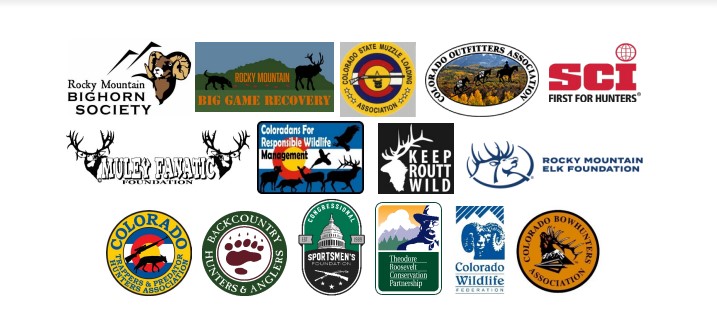DENVER (AP) — Vail residents fighting to protect habitat for a beleaguered herd of bighorn sheep as developers push to build housing for resort workers have taken their case to state court.
A lawsuit filed this week in Eagle County District Court contends Vail town officials violated local rules when they approved a Triumph Development project to build high-density worker housing along Interstate 70 where the bighorns forage during winter.
The residents also argue that a Vail Resorts employee on the local Planning and Environmental Commission, which approved the project on a 4-3 vote, should have recused himself due to a conflict of interest. Their lawsuit asks Judge Russell Granger to send the case back to town officials with instructions for proper decision-making.
“Developers tried to come up with mitigation. But it doesn’t seem the mitigation measures are sufficient to comply with the code,” which requires the implementation of “all necessary mitigating measures,” attorney Kim Perdue said Thursday.
“My understanding is that there are other sites … that would be better for residents and also not have catastrophic impacts on this herd,” Perdue said.
This battle pits the mountain resort’s economic demands against the needs of wildlife, in this case Rocky Mountain bighorn sheep, Colorado’s state animal.
Bighorns once numbering more than 2 million around the west have been declining, hammered by disease — including sickness spread by domestic sheep — as development eclipses bighorn habitat.
The Colorado bighorn population has dwindled to about 6,800, down from about 7,600 in 2012 and 8,000 in 2001, state data shows.
Vail Valley bighorns have decreased to about 5% of their historic numbers, along with other species, and the herd that forages east of Vail has been reduced by 40% over the past 12 years to around 50 bighorns.
Meanwhile, mountain resort operators around the state have been developing properties and struggling to ensure enough housing for workers as tourism and recreation industries expand.
Triumph Development has proposed to construct the housing for Vail on 5.4 acres at one end of a 23.3-acre parcel that Vail obtained from the Colorado Department of Transportation.
Local governments have broad discretion. The lawsuit targets town decision-making on narrow grounds, alleging that proposed “mitigation” measures are not sufficient to comply with town rules aimed at protecting the natural environment and wildlife. The developers’ proposals included the construction of a berm between the housing complex and a meadow where bighorns forage, limited lighting and restricted dog ownership. Residents walking to town would have to use an underpass designed for vehicles to cross I-70.
The lawsuit also alleges town officials gave improper guidance to planning and environmental commission members by asserting they had no choice but to allow the development of the property, owned by Vail, because otherwise their action would amount to an illegal “regulatory taking” of the property.
Vail officials declined to comment on the lawsuit. “We received the complaint, and we have forwarded it to our insurance carrier for review,” assistant town manager Patty McKenny said.
Former Mayor Rob Ford, a longtime resident opposing the construction, said even people who recognize a need for affordable worker housing have been questioning Vail leaders’ decision-making.
“It was not transparent. Residents were lied to. It is a poorly planned project, a crummy project,” Ford said.
The conflict has escalated over the past two years.
Colorado Parks and Wildlife biologists have provided guidance, warning that bighorns likely would suffer harm and questioning whether mitigation is possible.
Vail officials have countered that the resort needs housing for service workers, in part to create a sense of community and reduce worker driving. Only 20% of Vail’s 8,500 workers live in town. Others commute as far as 75 miles. Houses in Vail cost $1.3 million on average. Renting an apartment typically costs around $1,200 a month.
The Vail Homeowners Association has opposed the development. A 40-member group called Citizens to Protect Our Wildlife asked Gov. Jared Polis for help. The local chamber of commerce asked Polis to stay out of the matter unless he planned to support the construction.
DENVER (AP) — Vail residents fighting to protect habitat for a beleaguered herd of bighorn sheep as developers push to build housing for resort workers have taken their case to state court. A lawsuit filed this week in Eagle County District Court contends Vail town officials violated local rules when they approved a Triumph Development …
Read the article here.

